★★★★★
When the legendary rock band Talking Heads first announced their concert film, no one could have imagined something as special as “Stop Making Sense.” Conceived to film their 1983-84 tour, the project started taking shape after the band brought in legendary director Jonathan Demme and producer Gary Goetzman to put their spin on the concert film scene. Since its 1984 release, the film’s reputation has flourished and its status as “the greatest concert film of all time” has only been rivaled by enduring classics like The Band’s “The Last Waltz” and The Rolling Stones’ “Gimme Shelter.”
Filmed over three nights at the Pantages Theater in Los Angeles, the movie opens with Talking Heads’ lead vocalist David Byrne taking the stage to perform an acoustic rendition of the band’s first hit “Psycho Killer.” Alone on the stage, apart from an uneven backdrop full of wires and ladders, Byrne is instantly recognizable, equipped with his now-iconic oversized suit, a boombox, his electric guitar and a microphone. Towards the end of the number, Byrne briefly begins to stagger back and forth, inexplicably flailing as if he’s been hit by a wave of gunfire. It’s a bold statement for what’s to come and a sign of the careful consideration and artistry involved in translating this performance onto the big screen. At the same time, it gives viewers a moment to tune into the film’s unique wavelength.
Courtesy of A24, “Stop Making Sense” returned to theaters for a one-night IMAX engagement on September 22, which will soon be followed by a wider global release on September 29. Coinciding with its 40th anniversary, the film has received upgraded 4K visuals and newly mixed audio.
“Stop Making Sense” serves as a snapshot of the group after their 1983 album “Speaking in Tongues” when they reached the apex of their stardom. After “Psycho Killer,” the film starts its slow and simple, but astonishingly effective, build. Core band members Tina Weymouth, Chris Frantz and Jerry Harrison, alongside a supporting band, join Byrne on stage one after another with each successive song. Each person and element seamlessly enters into the fray, gradually ramping up the energy and adding new layers of musical complexity. This all culminates in an explosive performance of the band’s latest hit single “Burning Down the House.” The piercingly intimate energy beamed directly into every adjacent human mind is achieved through the group’s profound urge to transcend their limitations and create something truly special.
With each passing song, Byrne’s antics grow increasingly eccentric and inspired, sometimes bleeding into the realm of performance art. He constantly defies expectations of what a concert performance should look like, displaying fun and unpredictable movements with an almost avant-garde flair. As the show continues, the band’s physical exertion becomes singularly captivating. It’s easy to forget how completely worn out Byrne must feel until one notices the sweat streaming down the sides of his face.
As set pieces and backgrounds transform mid-performance, the camera often catches the production staff wheeling out platforms or setting up equipment. Their collective effort and group synchronicity drive the work of every individual both on and off the stage.
Additionally, Demme’s decision to shoot the concert with the lights down, keeping the audience completely obscured until the very end, acts as a fascinating example of subjective filmmaking, lending a distinct and deliberate point of view that’s usually lacking from most concert films.
Director of Photography Jordan Cronenweth keeps the camera close to each performer, primarily employing medium shots and rarely cutting back to a wide view of the stage. This helps hone in on the intricacies of each onstage relationship, allowing viewers to take in the experience as if they were standing next to one of the band members. The thrill of watching band members communicate and play off of one another never grows old, and viewers feel like participants in the show rather than spectators. At the same time, the sparseness of the scenery and the simplicity of each element draw the focus to performers instead of an elaborate set piece or visual.
Demme wisely chooses to forgo the usual genre crutch of an introductory prologue. Usually used to portray the performers in a human light and set up a basic narrative about their “wild wild life,” underlining what about the forthcoming performance is so significant. It’s refreshing to see a film that trusts its audience, hedging their understanding of the film entirely on the performance itself. That kind of confidence and singular artistry lends “Stop Making Sense” some of its best attributes, meshing perfectly with the qualities that make Talking Heads such a special band.
Above all else, Jonathan Demme is a collaborative filmmaker, and in a film that’s ostensibly all about creating something collaborative, that aspect shines through immensely. At one point, David Byrne asks the audience, “does anyone have any questions?” and he knows that no one does. The band has provided everyone with facts of life; some things don’t have to make sense, and in the end, there’s nothing left to do but stand up and applaud.














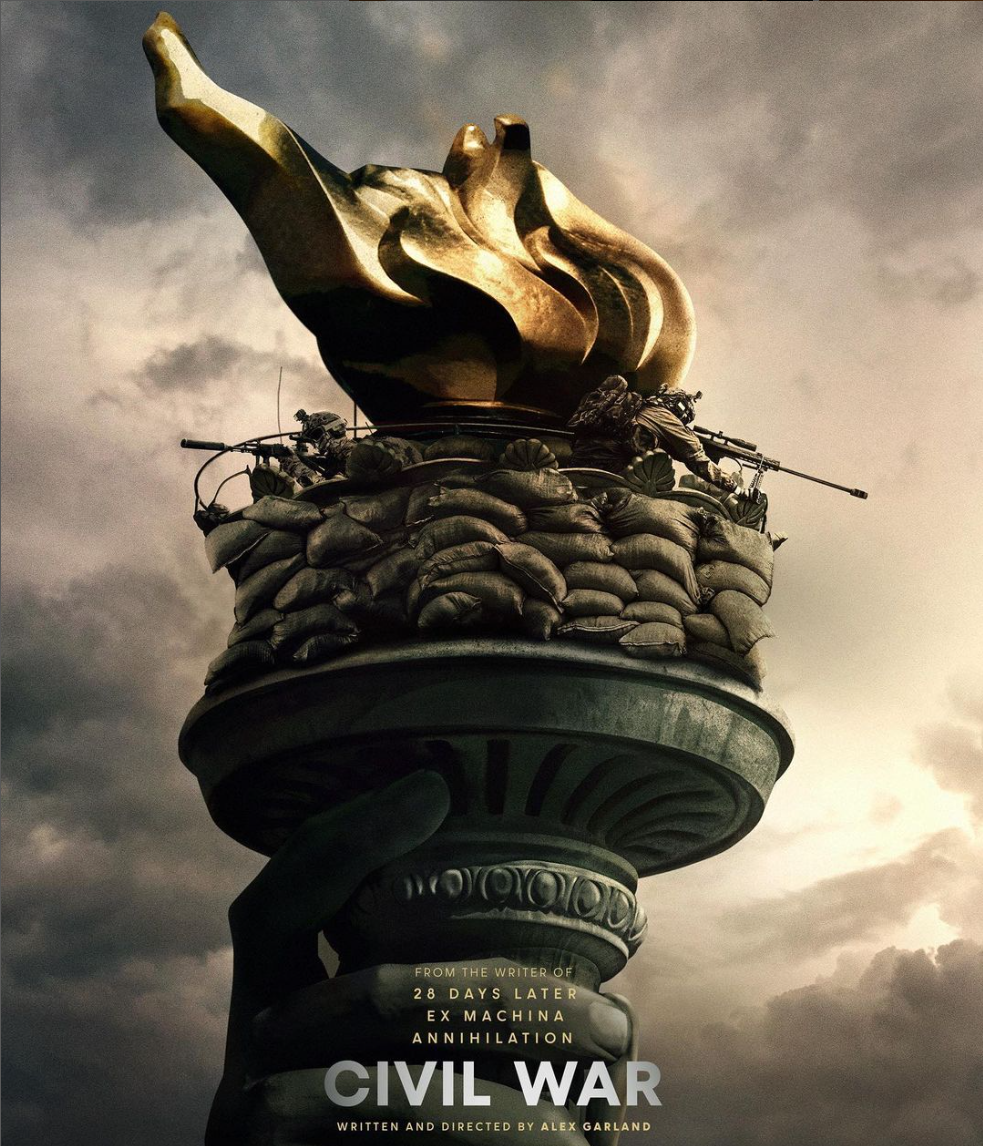

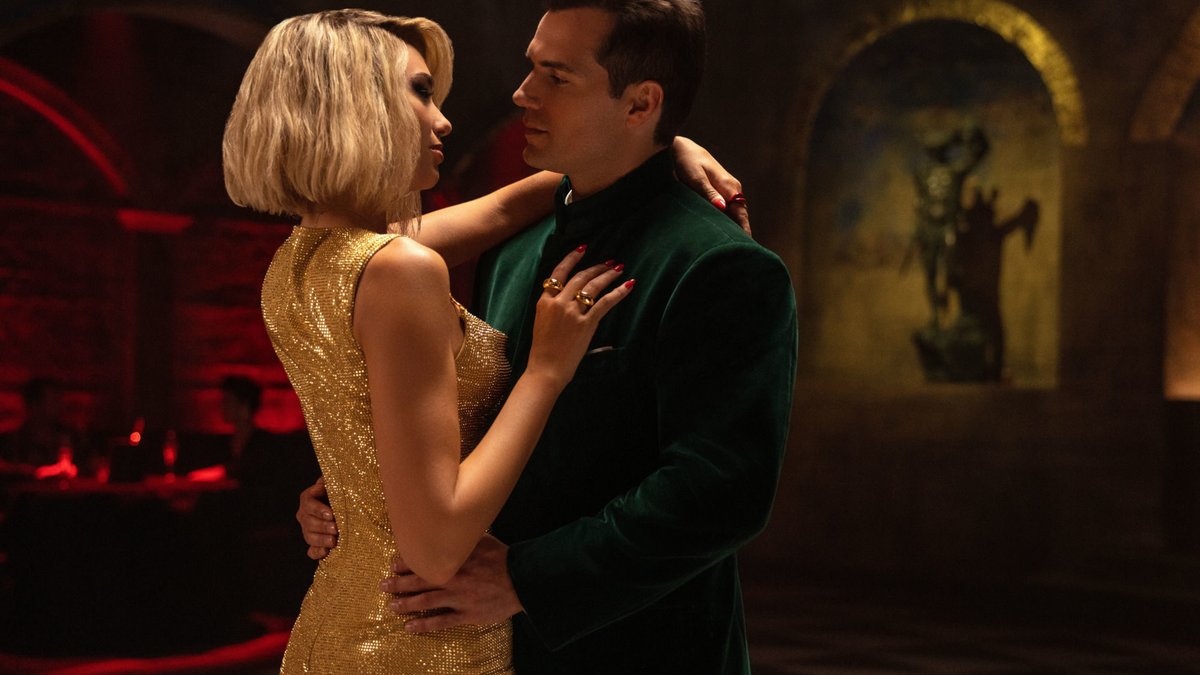

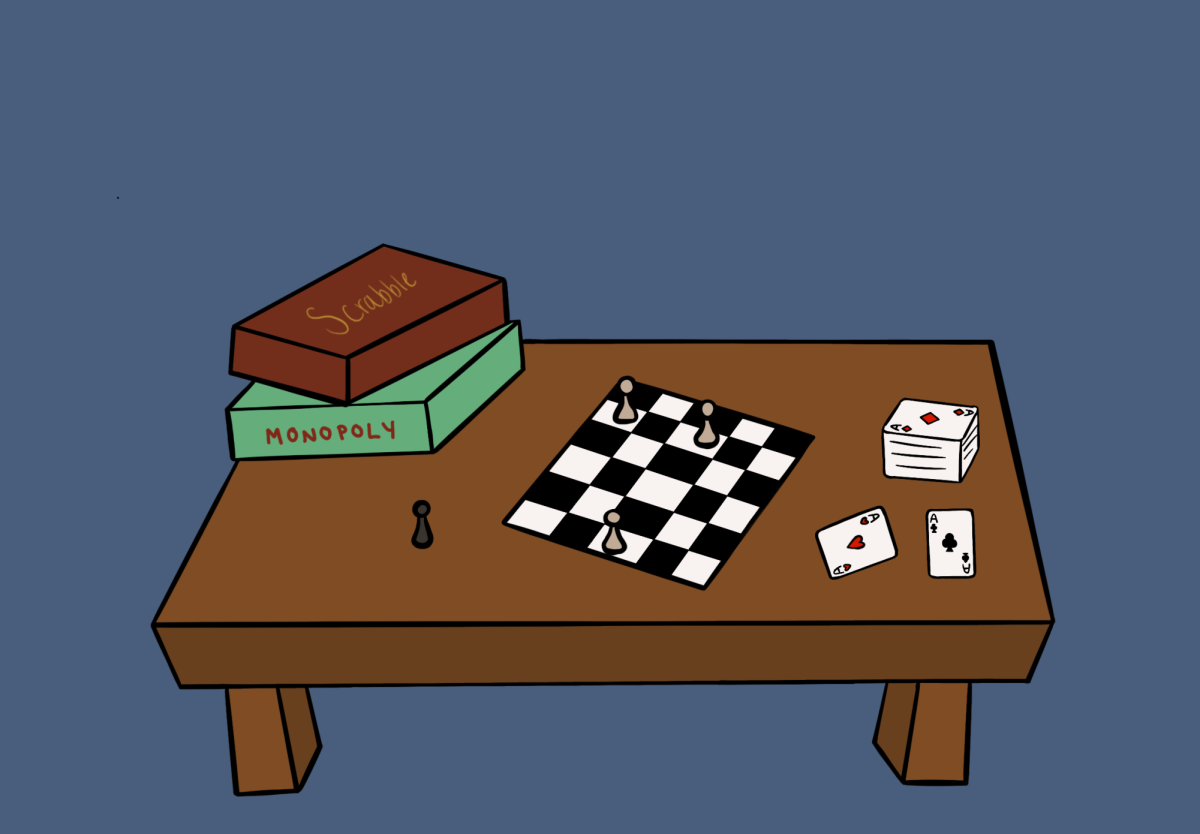
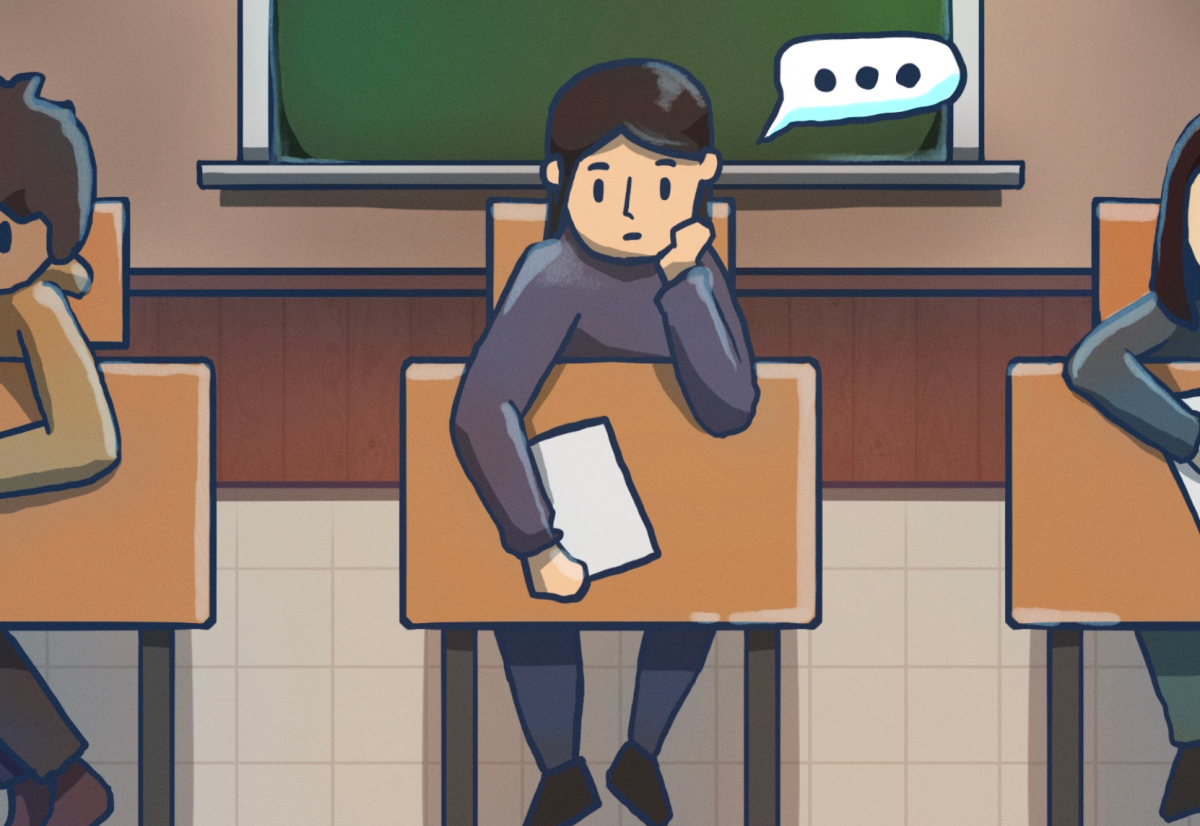
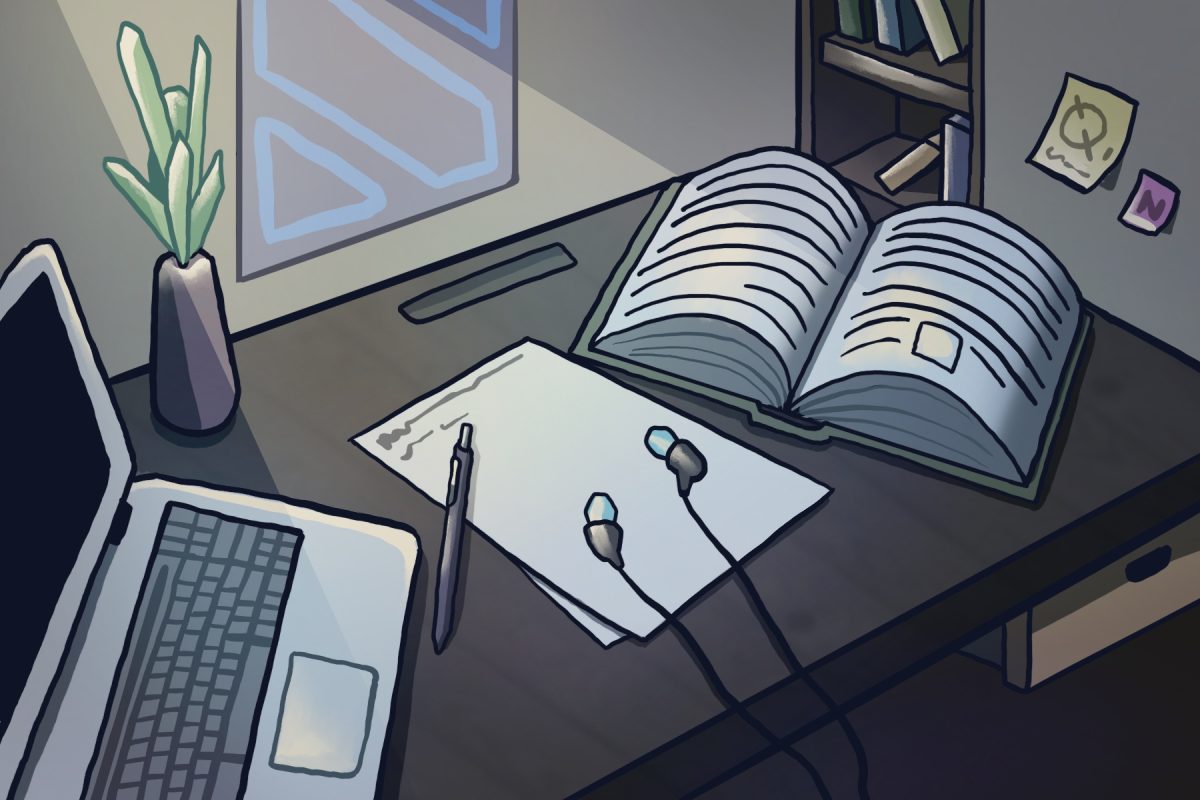

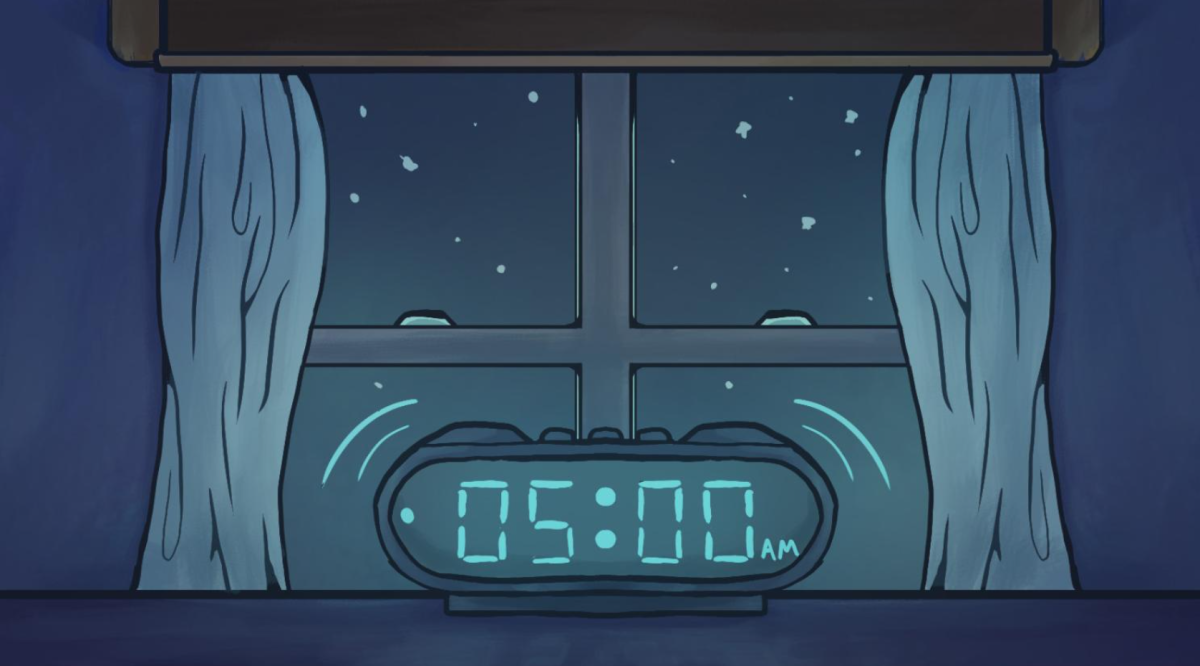


The Groffington • Oct 1, 2023 at 9:21 pm
Great article, Henry! Can’t wait to see it!